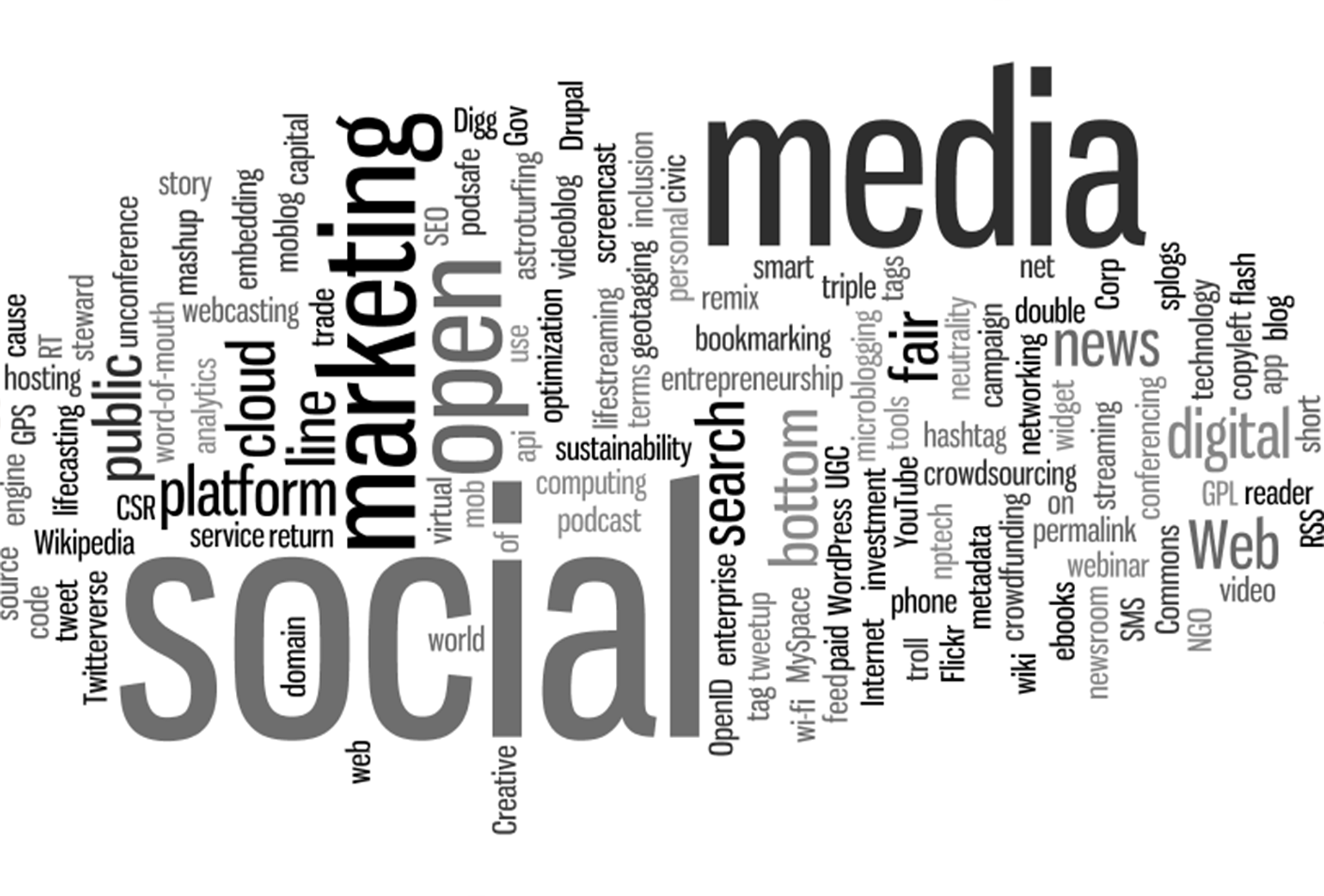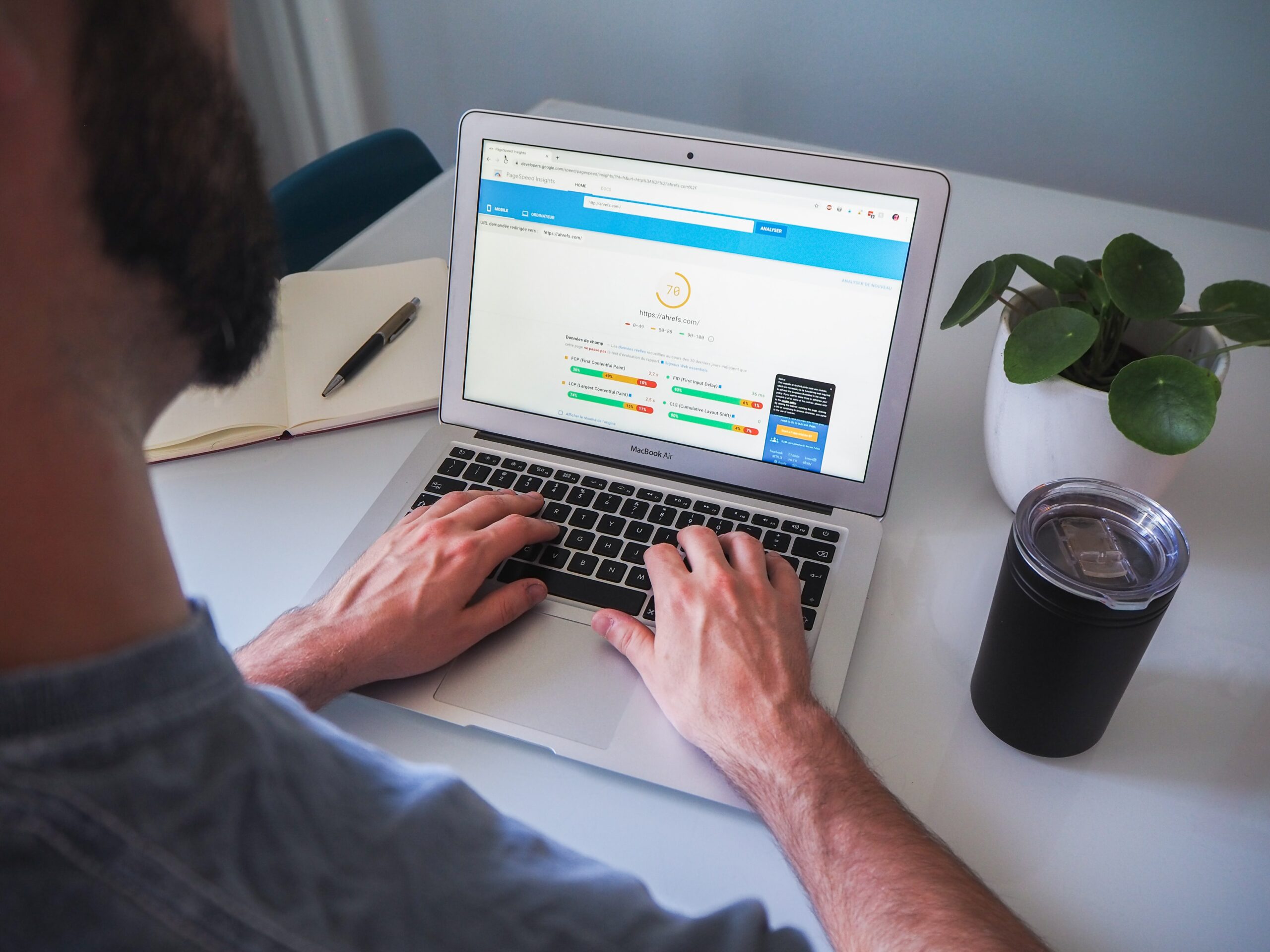Heading tags are the framework for organizing web content, providing a clear structure for users and search engines. They are the linchpins in helping search engines grasp a page’s main topics and subtopics, enhancing its visibility and relevance in search results.
The importance of heading tags is expressed in their ability to highlight keywords and themes, signaling the critical elements of the content that should stand out to search engines.
Within the hierarchy of web design, heading tags create an outline that enables readers to easily navigate and understand the depth and breadth of the information presented.
This organizational tool is pivotal for SEO and crucial for the overall user experience. It guides readers through the content with clear, distinct headings that map out the subject matter.

Understanding the Basics of Heading Tags
Heading tags, ranging from H1 to H6, are fundamental HTML elements used to denote the hierarchy of your content. They distinguish between the main title and various subheadings, providing a layered structure that helps users and search engines navigate the page more effectively.
Defining Heading Tags in Web Development
In web development, heading tags are pivotal for giving structure to your content, ensuring that the essence of your message is conveyed succinctly. They signal the pivotal topics within a webpage to search engines, aiding in indexing.
When internet users seek information, a well-structured page with clear headings can significantly enhance their experience, preventing them from wasting time on irrelevant content. Beyond aesthetics, heading tags enhance readability by breaking down text into digestible sections.
Bullet points and subheadings introduce a rhythm to your content, making it more engaging and easier to scan. This not only retains the attention of busy internet users but also helps maintain a consistent flow that complements the site’s visual appeal.
The Crucial Role of the H1 Tag
The H1 tag is paramount as it encapsulates a webpage’s main idea. Search engines must understand the core content at a glance, and the H1 tag facilitates this by highlighting the primary topic.
Using HTML code, web developers can optimize the H1 tag to ensure it includes unique, descriptive keywords, thereby enhancing the page’s search engine visibility. Optimizing your H1 tag involves a strategic keyword placement approach, ensuring each page has a distinct and relevant H1.
This practice not only aids search engines in content categorization but also sets the stage for the user’s journey through the website, starting with a clear and compelling headline.
Subheadings H2 to H6: Organizing Content Hierarchically
Subheadings from H2 to H6 are vital in structuring content hierarchically, making it scannable and reader-friendly. These tags enable content creators to outline the main points and supporting details, which not only aids in comprehension but also enhances the likelihood of performing well in search engine rankings.
Google, in particular, rewards user-friendly content that is easy to navigate and understand. Subheadings ensure that the content is not just a block of text but a well-organized collection of ideas that guide the reader through the narrative.
This level of organization is essential for user engagement, as it allows readers to quickly identify the most relevant sections to their interests, making the content more accessible and digestible.
The Impact of Heading Tags on SEO
Heading tags hold significant weight in SEO, influencing how search engines indexed and understood content. Recognized as a critical element by SEO experts like John Mueller, heading tags can greatly affect a website’s ranking and visibility in search results.
Crafting Headings for Featured Snippet Optimization
Optimizing headings for featured snippets is a powerful SEO strategy. Featured snippets are the concise answers that appear at the top of search results, providing quick information in response to user queries.
By crafting headings that directly address these queries, content can be positioned to appear within these coveted spots, thereby increasing visibility and click-through rates. Creating clear, informative headings directly aligned with potential search queries can significantly increase the chances of being selected for a featured snippet.
This showcases a website’s authority on a subject and provides a competitive edge in search engine results pages.
The Interplay Between Heading Tags and SEO Ranking Factors
Heading tags are essential for delineating the hierarchy of your content and informing search engines of the relative importance of each section. This organization helps search engines understand the context and relevance of content, which are key factors in determining search rankings.
Properly structured headings can, therefore, influence how content is assessed and ranked by search engines. As part of the SEO toolkit, heading tags contribute to the overall strategy to improve a site’s search engine rankings.
They act as signposts for readers and indicators to search engines, underlining the main ideas and supporting the content’s thematic progression.

Best Practices for Implementing Heading Tags
To maximize the impact of heading tags on SEO and user experience, it’s crucial to follow best practices. This includes maintaining a logical structure, using relevant keywords, and ensuring consistency across styles and formats.
Adherence to these principles can significantly enhance a website’s performance in search results.
Ensuring Readability and Accessibility With Headings
Heading tags are more than aesthetic elements; they are semantic markers that enhance the readability and accessibility of web content. They guide users through the logical flow of information, providing a clear, navigable structure with assistive technologies like screen readers.
When used properly, headings can greatly improve the experience for all users, including those with disabilities. Heading tags are a critical navigation tool for users who rely on assistive devices. They allow for easy movement between sections, ensuring that content is accessible and understandable.
This emphasis on semantic organization underscores the importance of heading tags in creating an inclusive web environment.
Using Keywords Strategically in Headings
Strategic placement of keywords in headings and subheadings is fundamental to SEO. It enhances the content’s structure and signals a page’s key themes and topics to search engines.
By including relevant keywords in your heading tags, you can improve the searchability and relevance of your content, leading to better search engine rankings. Effective use of headings and subheadings aids in organizing content in a user-friendly and optimized way for search engines.
This approach helps make content more discoverable and can contribute to a higher SEO ranking, ultimately driving more traffic to the website.
Consistency in Heading Tag Styles and Formats
Consistency in heading tag styles and formats contributes to a coherent user experience and can aid in SEO. Using heading tags correctly, such as reserving the H1 tag for the main title and utilizing H2 to H6 for subheadings, creates a structured approach that benefits both users and search engines.
This consistent hierarchy aids screen readers and mobile devices in interpreting the content accurately. Employing relevant keywords and adhering to a consistent style within heading tags, such as the title case format, can enhance the content’s visibility and searchability.
It’s essential to effectively integrate heading tags for SEO within the source code, ensuring that multiple H1 tags are avoided and the content remains scannable for all users.
Enhancing User Experience Through Headings
Headings significantly elevate the user experience by making content more scannable and navigation more intuitive. HTML supports using heading tags to structure content in a way that is helpful for users, allowing them to find the information they seek quickly.
Internet users tend to skim content, and well-organized headings facilitate this behavior, improving overall satisfaction and engagement.
How Headings Contribute to User Navigation
Headings enhance user navigation by structuring content in a predictable and scannable format. HTML supports using heading tags to delineate sections clearly, making it easier for users to locate the information they need quickly.
This organization is particularly helpful for users who depend on assistive technologies, such as screen readers, to interact with web content. The purposeful use of headings contributes to a more seamless browsing experience, allowing internet users to efficiently navigate content and engage with the sections that interest them most.
This scannable structure, facilitated by heading tags, is user-friendly and beneficial for content creators aiming to reach a wider audience.
The Role of Headings in Content Skimmability
Headings play an indispensable role in enhancing the immobility of content, especially as users navigate through information on mobile devices. They serve as visual cues, enabling readers to swiftly scan and identify the sections most relevant to their interests.
With attention spans dwindling, the ability to quickly grasp the semantic structure of your content using heading tags from H1 to H6 significantly improves user experience. This approach organizes information into digestible fragments and aligns with improved SEO practices by facilitating better engine rankings.
Moreover, when content creators conduct thorough keyword research and integrate relevant keywords into headings without succumbing to keyword stuffing, they bolster the likelihood of capturing organic traffic. Skimmability is not just about aesthetics; it’s about creating a logical flow that resonates with the reader’s search intent.
The use of heading tags should reflect the importance levels of the information, with H1 being the highest and setting the tone as the title of your content. In contrast, subsequent headings break down the main ideas into accessible, skimmable parts.

Advanced Techniques in Heading Tag Usage
Advanced techniques in heading tag usage involve a strategic approach to structuring content for search engines and users. Employing multiple H1 tags is not typically recommended, as it can confuse both users and search engines.
Instead, content creators should optimize heading tags for SEO by incorporating relevant keywords and ensuring each heading reflects the source code’s organized hierarchy.
Beyond SEO: Heading Tags for Content Strategy
While heading tags are vital for SEO, their use extends beyond engine crawlers and rankings. A cogent content strategy leverages heading tags from H1 to H6 to outline the semantic structure of your content, guiding readers through a narrative or argument.
An H1 tag, being the highest in importance levels, succinctly captures the primary keyword and premise of the piece. Subsequent headings break down complex ideas, allowing for a more in-depth exploration of topics while maintaining cohesion and supporting the overall strategy.
Effective strategy implementation considers keyword density to ensure relevance without keyword stuffing, which can detract from the content’s value.
Meanwhile, properly using HTML heading tags improves SEO by helping search engines comprehend the main ideas, potentially boosting organic traffic. Headings are not just about SEO; they are the pillars of a comprehensive content strategy.
Integrating Heading Tags With Other On-Page Elements
Integrating heading tags with other elements is paramount in the realm of on-page SEO. For instance, the H2 heading is vital for delineating sections within the content. While adding keywords to each H2 heading should be avoided to prevent over-optimization, the judicious use of LSI keywords can enhance relevance and context.
When aligning the primary keyword within the H1 tag, it is crucial to maintain a natural flow, which can be achieved by not overloading the content with forced keyword insertions. Moreover, headings should synergize with other on-page elements such as bullet points, images, and meta descriptions to create a cohesive and informative user experience.
This holistic integration ensures that every aspect of the content serves a purpose, with heading tags pivotal in structuring and reinforcing the key messages conveyed.
Wrap-Up
Heading tags are the backbone of your content’s hierarchical structure, guiding users to navigate parts of a webpage easily. From H1s that anchor a page’s core topic to the H3s to H6s that break down complex ideas into digestible sections, these bits of HTML are pivotal in structuring information.
They facilitate a better user experience and aid search engines as they crawl and index the content, impacting how a webpage affects SEO.


